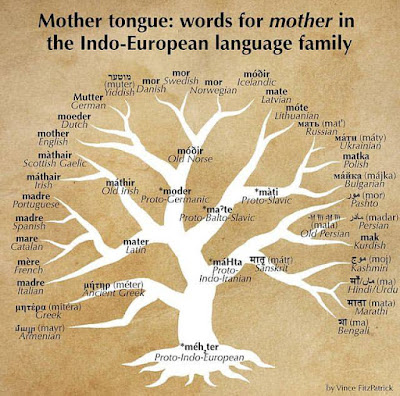Modern Yule and Solstice Traditions
Historically, Midwinter or Jól would have been celebrated according to the lunisolar calendar, so the date of the Midwinter moon would have been in January. Jól traditions were moved after the introduction of christianity to fall around Christmas, which had been influenced in its date by the solstice practices of other pagan groups. In modern times, many heathens celebrate Midwinter at the solstice. That is not my own tradition, but I do recognize the solstice as an important day in the heathen calendar. To me the Yule month (December) and the Midwinter month (January) are ripe with festivity. The Wild Hunt is shrieking through the night skies, the frost and snow is settling everywhere, and the dark time extends itself over everything. The urge to retreat from the busyness of the rest of the year is strong. It is time to slow down the pace, and enjoy the warmth of hearth and home. Still, the Solstice day is a day to be outside, hailing Sol, knowing the light will be returning.
It has been my tradition to go out and greet the sunrise on the Solstice morning. That is perhaps not a historical heathen tradition, as they would have seen the return of the sun as occurring at Jól in January. (This makes sense because depending how far north they lived they wouldn't even have known what day the solstice was as the darkness might stretch for days, or weeks, or even a full month.) That said, there is speculation as to how much Sol was actually worshipped as a goddess by the elder heathens. Perhaps she was mostly regarded as a catalyst within the Lore, to propel the year and its cycles. She isn’t as dynamic as many of the other deities, her function is fairly insular.
To me at least there is Yule and then there is Jól. Yule is the month of December, and it is also the name many give to the Solstice, but I just refer to it as the Solstice in my own observation of it. Jól, is the Midwinter blot, which occurs in January. They are two distinct, although somewhat connected holidays. For me the Solstice is a day to honour the sun, whereas Jól would be a celebration to honour the year. Solstice is hearth practice, and Jól is group practice. And Jól is the most important celebration of the year. At Jól we look back at the past year and all that we accomplished, honour the present with our kin, and look forward to what the new year will bring. Traditionally, at Jól you would also welcome back the sun, but my own modern practice is influenced by science. As such, the sun returns on the solstice, but it’s warmth doesn’t return for quite a bit longer. The dark time isn’t over at the Solstice. January here is the coldest month. The Wild Hunt still rides, all that the Solstice marks is a spark of hope that summer will return again in its time.
Further Reading:
“Yule is More than the Returning Light.” https://www.patheos.com/blogs/heathenatheart/2015/12/yule-is-more-than-the-returning-light/
“Sol, Beiwe and Saule: Northern Sun-Goddesses.” https://earthandstarryheaven.com/2015/11/11/sol-beiwe-saule/
The Nordic Animist Year by Rune Hjarnø Rasmussen
Image Source:
“Buch Jagd” by Hannah Böving



